
5 Design Principles for Empathetic Workplace Interiors
The majority of our time is spent at work, and our environment substantially affects our mood, productivity and well-being. Interior designers have a tremendous impact on an environment by deciding which materials and products will be used and how people can interact with their surrounding spaces. Clients are now seeking to incorporate empathetic and wellbeing principles in their interiors.
Here we look to take you through some design principles that address these topics and how to incorporate them into your workplace design.

An inclusive workplace values individual differences in the workforce and makes everyone feel accepted. However, the culture must translate within the workplace design, not just in the workforce itself.
It is impossible to design something that is a perfect fit for the entire population, but inclusive design researches the target market and provides an appropriate response to address diversity. Roland White, Global Director of D&I at Microsoft says, “Inclusive design doesn’t mean you’re designing one thing for all people. You’re designing a diversity of things so everyone finds a way to participate”.
As we know from our recent article investigating the rise of video calls and what this means for the workplace, we need to cater for inclusivity whilst also providing a hybrid and flexible environment. For example, the design of The Residence Connect Office Pod affords an equitable experience for all users, regardless of their abilities. Every aspect of the user experience has been considered to ensure ultimate comfort and control.
A survey by the Harvard Business Review found employees at companies that focussed diversity were more likely to out-innovate and out-perform others, and that employees in a ‘speak up’ culture were 3.5 times more likely to contribute their full innovative potential.
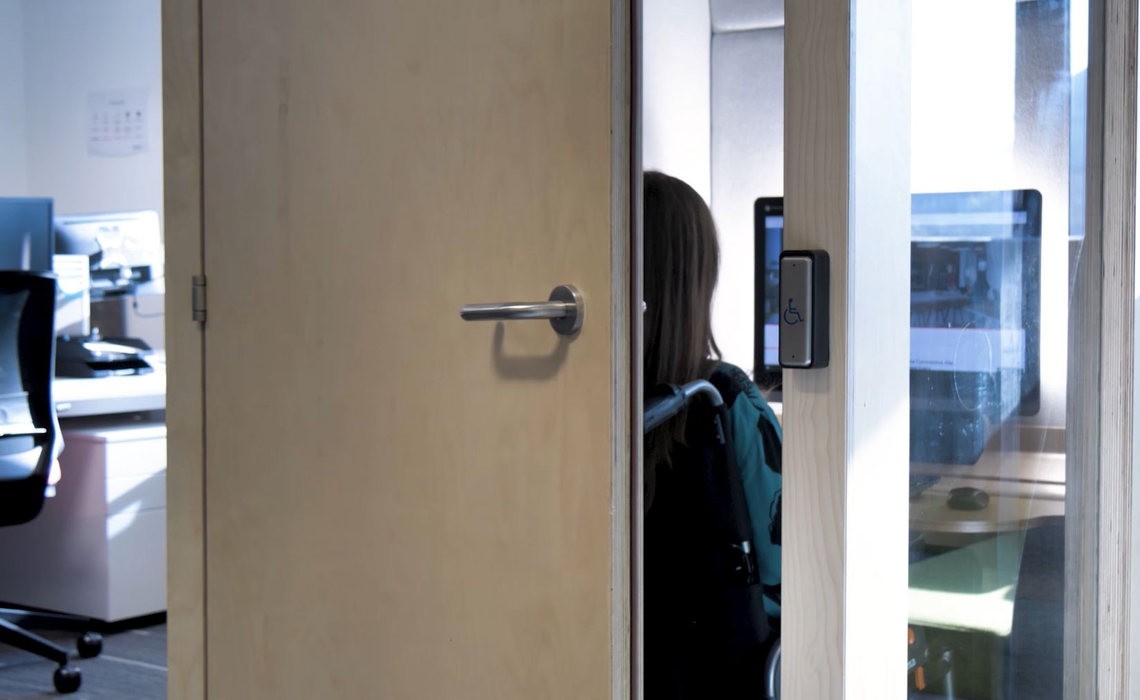
Over the last year, we have missed everyone being able to come together. A sense of community is now central to the office and attracting talent back to the workplace.
Importantly, offices need to be human, to recognize and be built around human activities that take place within them. To make offices clearly around the individuals and their personalities, experience and choices in the way they work. Environmental and wellbeing principles are often a strong foothold in the workplace to help give the workforce more feeling of purpose, keeping them engaged and retained.
When looking at sustainability principles, it’s very important to pick materials and products with the lowest environmental impact. There are labels, standards, and certifications that give credible information about the products’ origin and help you identify eco-friendly products, For example, many products Spacestor use are red list compliant.
The world of design is becoming increasingly aware of the need for sustainable thinking, throughout a product's entire life cycle, from production to how they are discarded after use, and not just replacing products as soon as they go out of style. Modular and flexible office solutions and space dividers are great as they can evolve with a changing office, being repurposed and adapted in creative ways to give them new life.
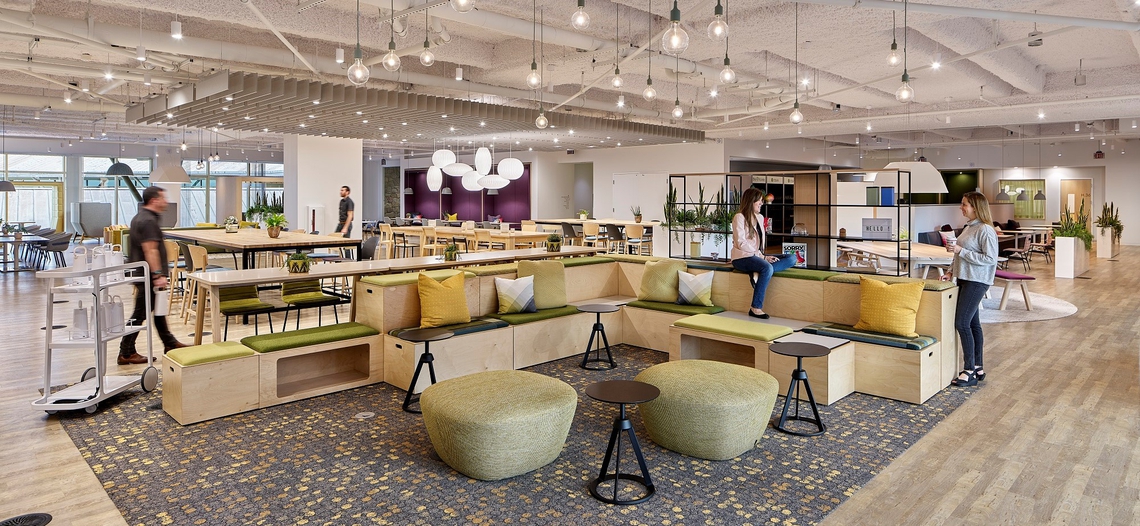
Businesses that thrive have a sense of identity and purpose. Recognizing that the office supports not only the community, but the individual, is important to give everyone an environment that enables additional learning and the successes of individuals.
Acoustic meeting pods are currently some of the most popular pieces of office furniture. Quiet booths, private pods, and wrap-around chairs manufactured from sound-absorbing materials give employees opportunities to collaborate without causing disturbances for others, or concentrate on focus work, or have confidential meetings.
Chill-out zones will gradually become commonplace as employees are given opportunities to move away from their desks for restoration breaks; this is more likely to be in demand in the post-covid workplace after many have become used to home comforts. But homely office designs expand beyond plush sofas and ergonomic office chairs. In addition, we expect to see more ‘fun and friendly' furniture.
Clean desk policies help retain neatness, however, benefits can be seen to giving employees the freedom to decorate their workspace - Empowering employees to make decisions about their direct environment can increase productivity and efficiency.

Due to the amount of time people spend indoors, environmental health is a high priority for interior designers. There are several factors to consider when designing healthy spaces, such as air quality, heating, ventilation, lighting and acoustics.
One of the leading design solutions is with Biophilia - bringing the outdoors indoors. Workspaces that bring people closer to nature throughout the office (with the use of plants, natural woods, water features – even the sound of waves or birdsong) have positive influences on physical and emotional health.
Biophilic offices require more than dotting a few potted plants around. Enhancing the connection with nature involves installing green walls together with furniture and features made from natural materials such as wood. Examples of this can be seen in workspaces like Nido Student, designed by Knotel, and Addecco which features Biophilia and solutions to maintain higher levels of natural light.
Office workers also need exposure to natural light and good air quality. Businesses that have access to outdoor areas can capitalize on space by creating a garden or outdoor work extension. Rooftop gardens and balconies are being used for relaxation or quiet areas decorated with shrubbery and other natural elements.
The focus on wellbeing has already become a natural addition to any forward-thinking office design, and technology can play its part with productivity apps, progress boards, and social connectivity software, stimulating collaboration and creativity to support workers.

Ultimately, the goal of an interior environment is to move forward the intention of a space and engage the user in meaningful ways. One way to do that is by designing spaces to activate the five basic senses: sight, sound, touch, smell, and taste. Our senses receive information that is used to shape our reality, creating meaning and memory.
Our sense of touch informs us in much the same way and we hear differences in materials when we enter a room. Spaces with various textures are quieter than open spaces with clean, shiny surfaces.
Sight is probably the sense we rely on most. When we look at a piece of furniture, for example, we can tell a lot of things about it; We can tell whether it’s aesthetically pleasing.
It is widely regarded that colour impacts mood. In a recent panel discussion, Laura Guido-Clark looked at the impact of colour in the workplace. Using different shades or colours throughout the office can help encourage focus and creativity.
Contrasting colours not only serve as a visual spectacle but also as a practical use - different colours can be used to help visitors find their way around or create moods that are conducive to employee tasks.
Although we tend to consider our senses individually, they actually work in tandem. People experience sound by feeling vibrations and seeing movements as well as hearing by ear, the more senses we engage, the more strongly we are tied to a moment, an object, a space. As a result, design is evolving to incorporate sensory experiences into the places where we live and work.
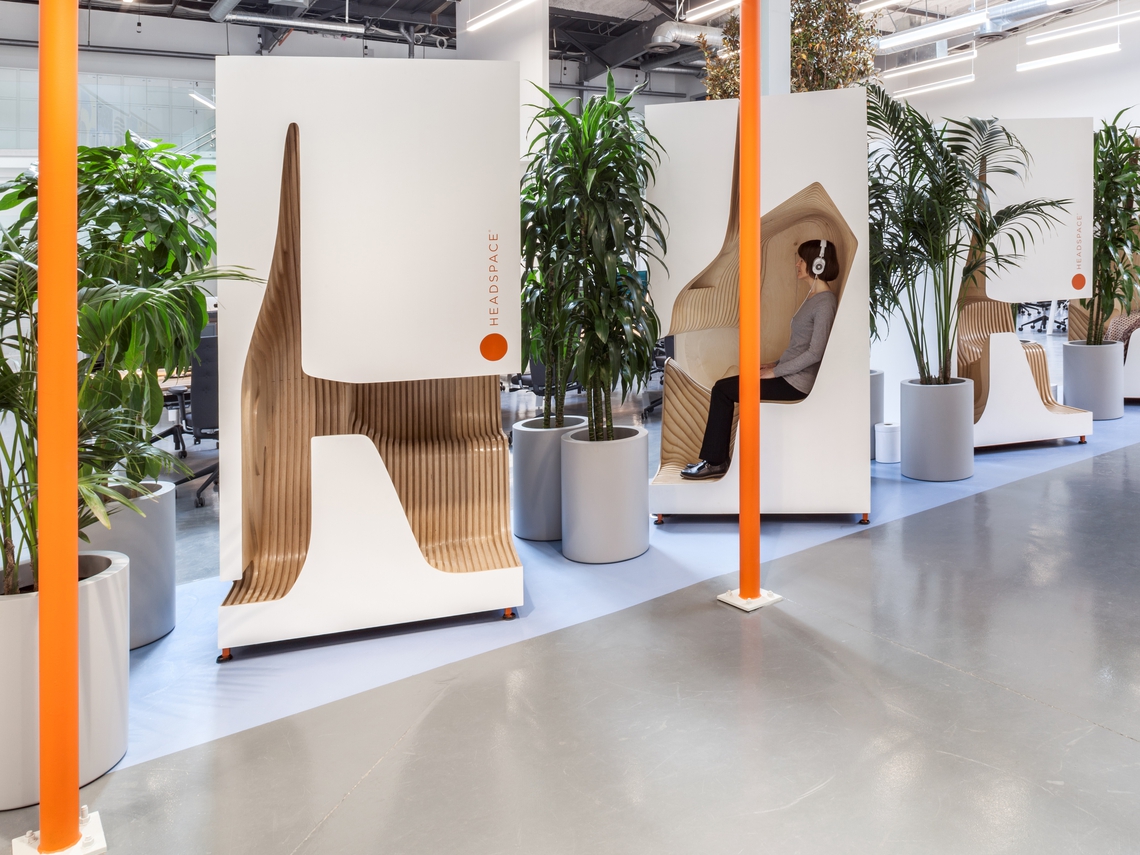
The design of a corporate office should reflect the nature of your business, your company culture, and the needs of your employees. Today’s interior office designs are essentially people-centered but with the ultimate goal of helping, companies meet business objectives such as increased productivity, job satisfaction, employee loyalty, and retention.

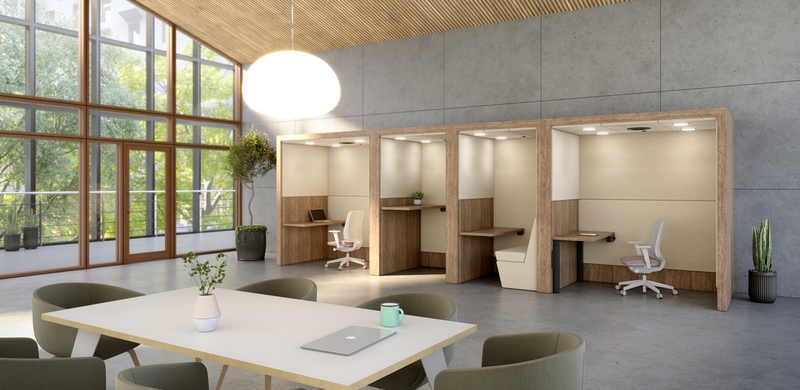

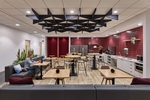
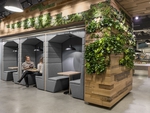

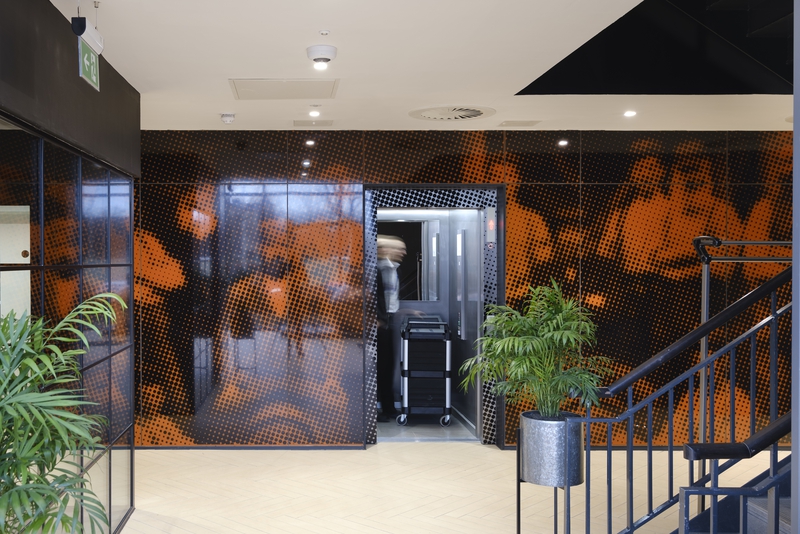
Designed over three floors, this stunning office transformation is complete with a world bar, numerous state-of-the-art…
FOOD & DRINK
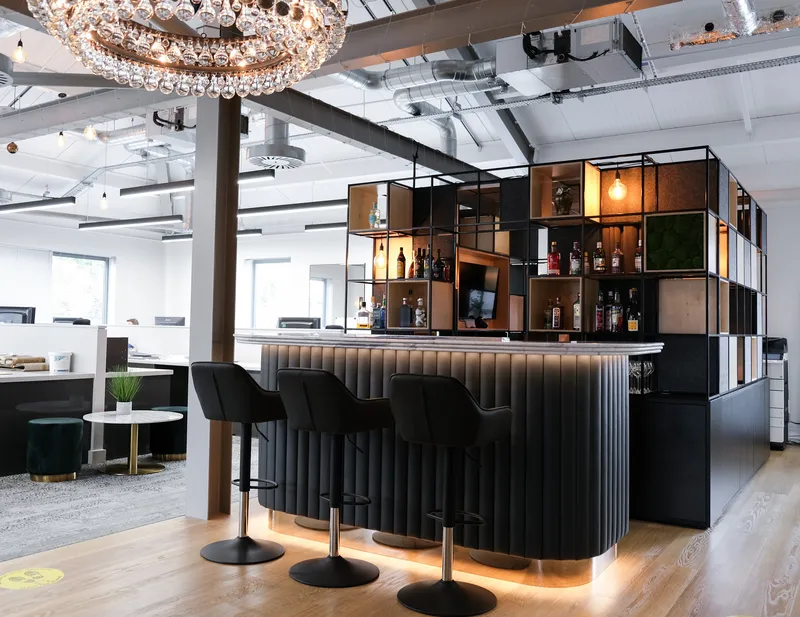
Scott Osborn's stunning workplace redesign innovatively uses our Palisades II to create inspirational architecture with…
ARCHITECTURE & DESIGN, REAL ESTATE
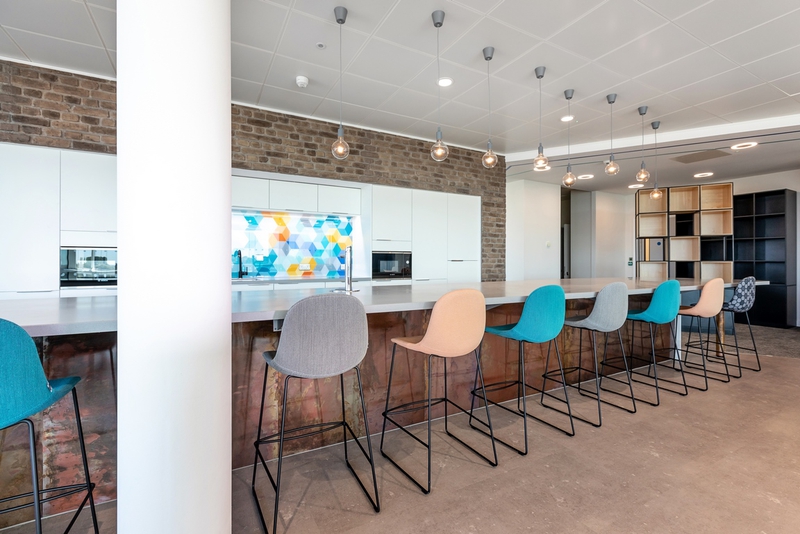
A strong brand story for the new flexible workplace of cybersecurity firm Tenable, centered around a hexagonal design a…
TECHNOLOGY & IT